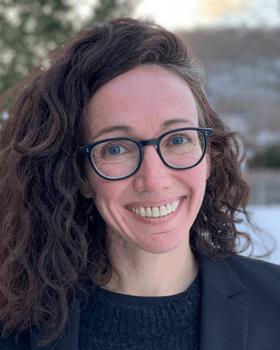Project Menu
Project Director
Project Manager
Offshore Wind Accelerator - Webinars & Events
Upcoming
There are no upcoming Offshore Wind Accelerator webinars or events.
Recent
Join OWAP for a 60-minute webinar with Dr. Habib Dagher, founding director of the Advanced Structures and Composites Center at the University of Maine. Dr. Dagher will discuss VolturnUS platform prototype, its launch and progress to date, and how the project is supporting and growing the U.S. offshore wind industry through technological innovation. Dr. Dagher’s presentation will be followed by a Q&A period.
CESA’s Offshore Wind Accelerator Project (OWAP) and the Global Wind Network (GLWN) hosted this webinar to outline the DOE/GLWN Offshore Supply Chain project and explain how coastal regions can participate in the development and implementation of this emerging energy industry.
Join OWAP for a 60-minute webinar briefing on the major findings from this new analysis, undertaken by the Brattle Group. The analysis finds that, based on reasonable assumptions of technology learning rates, offshore wind energy can reach grid parity with fossil fuel generation before 2030.
Join CESA’s Offshore Wind Accelerator Project (OWAP) and the National Wildlife Federation for a webinar that will examine the scientific underpinnings of North Atlantic right whale conservation; identify how this challenge might impact offshore wind development; and describe the details and impact of recently agreed-upon conservation measures that present a solution.
Clean Energy States Alliance is hosting a webinar for its Offshore Wind Accelerator Project (OWAP) on offshore wind siting issues.
This webinar will feature a discussion with the Bureau of Ocean Energy Management and the Department of Interior regarding their approach to providing effective public liaison and coordination on issues related to offshore wind energy.
This webinar features a presentation by Crow White (of the Bren School of Environmental Science and Management at UC Santa Barbara), one of the authors and principle investigators of a new report on the value of marine spatial planning for renewable energy, will provide a briefing on the report’s findings. The report uses multiple ocean use tradeoff analysis to quantify the value of the use of the MSP framework for siting offshore wind in Massachusetts.
This webinar, presented by CEG/CESA’s Offshore Wind Accelerator Project (OWAP), examines some of the innovative approaches that could be used to advance financing early U.S. offshore wind projects. The webinar looks beyond the immediate challenges of extending the federal production and investment tax credits to explore additional approaches and tools to finance offshore wind projects of scale.
This webinar will examine the financing issue from the perspective of private investors. Who could invest? What will it take to make them invest? How to address financing and technology risks? What role does the investment community believe that state and federal government policy should play?
This webinar examines some of the key strategies, efforts, and policy tools being used by states to support offshore wind financing and deployment. The webinar will begin to identify what are the characteristics of an effective approach by states to create demand, encourage power purchase agreements, employ public procurement, and use public funding to support offshore wind development and related supply chain investment.
- « Previous
- 1
- 2
- 3
- 4
- Next »


